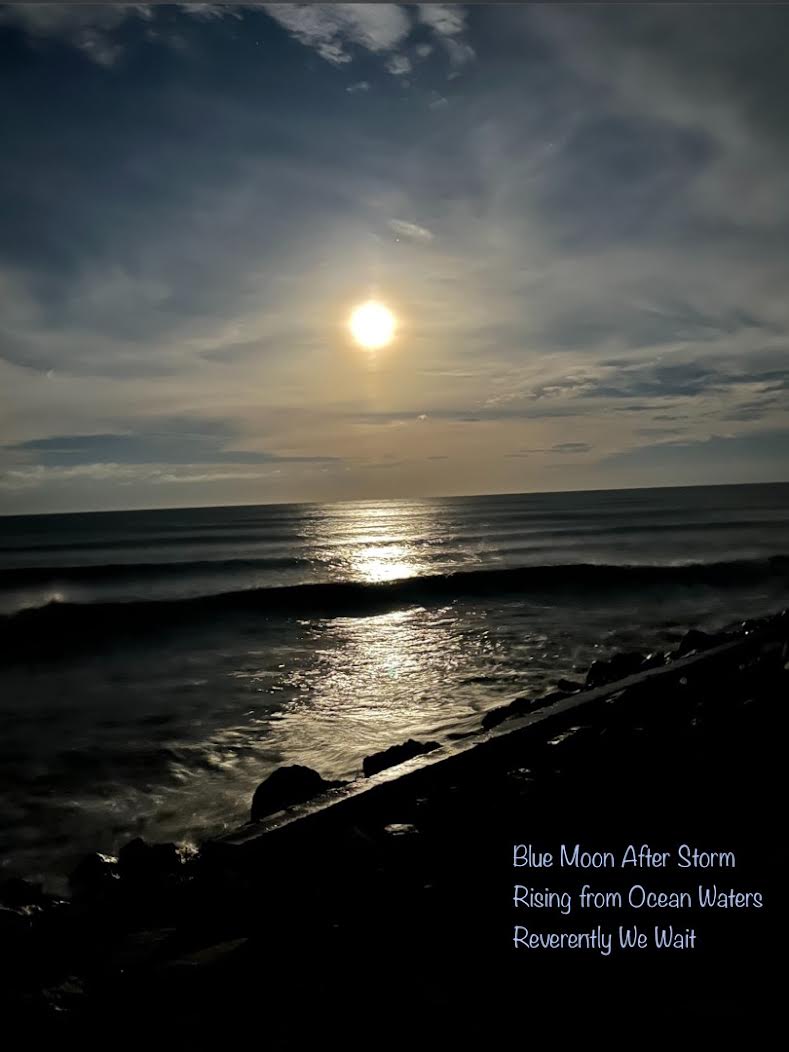
Folklore has asserted that the moon affects human behavior and health, but whether the planetoid has a direct effect is inconclusive.
Some studies suggest the moon may have a small impact on some aspects of health, such as childbirth. But then other studies have found no connection.
Even when this heavenly body appears to affect humans, it may not be the moon itself that is the culprit. Confirmation bias, which is the tendency to focus on information that supports a person's beliefs, may help explain why people claim to observe changes in health and behavior during a Full Moon.
This exceptional occurrence presented a unique opportunity to observe a phenomenon known as a “blue supermoon,” an extraordinary event that was last attended in 2009. The phenomenon, depending on weather conditions, will be visible from all parts of the globe. This image was taken in Florida where hurricanes 🌀 swirl during this time of the year.
The blue moon materializes due to the peculiar arrangement of days in the calendar, resulting in thirteen full moons instead of the usual twelve.
On a personal note, I for one comfortably slept in this morning, which I can rarely accomplish.
Blue Moon After Storm
Rising from Ocean Waters
Reverently we wait.
Arnold Odio: Haiku and Image
There are other light shows to enjoy this year.
Full moons and supermoons
The fourth and final supermoon in 2023 will rise on September 29.
Here are the full moons remaining in 2023, according to the Farmers’ Almanac:
● September 29: Harvest moon
● October 28: Hunter’s moon
● November 27: Beaver moon
● December 26: Cold moon
Lunar and solar eclipses
People across North, Central and South America will be able to see an annular solar eclipse. During the solar eclipse, the moon will pass between the sun and Earth at or near its farthest point from Earth. The moon will appear smaller than the sun and encircled by a glowing halo.
To avoid damage to the eyes while looking at the phenomenon, viewers should wear eclipse glasses.
A partial lunar eclipse will also take place on October 28. Only part of the moon will pass into shadow as the sun, Earth and moon will not completely align. This partial eclipse will be viewable in Europe, Asia, Australia, parts of North America and much of South Africa.
Meteor showers
Each of the remaining meteor showers expected to peak this year will be most visible from late evening until dawn in areas without light pollution. Here are the events’ peak dates:
● Orionids: October 20-21
● Southern Taurids: November 4-5
● Northern Taurids: November 11-12
● Leonids: November 17-18
● Geminids: December 13-14
● Ursids: December 21-22